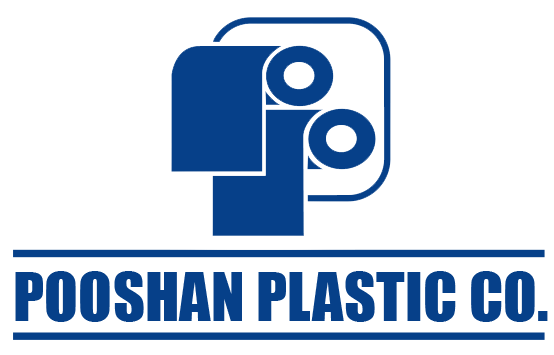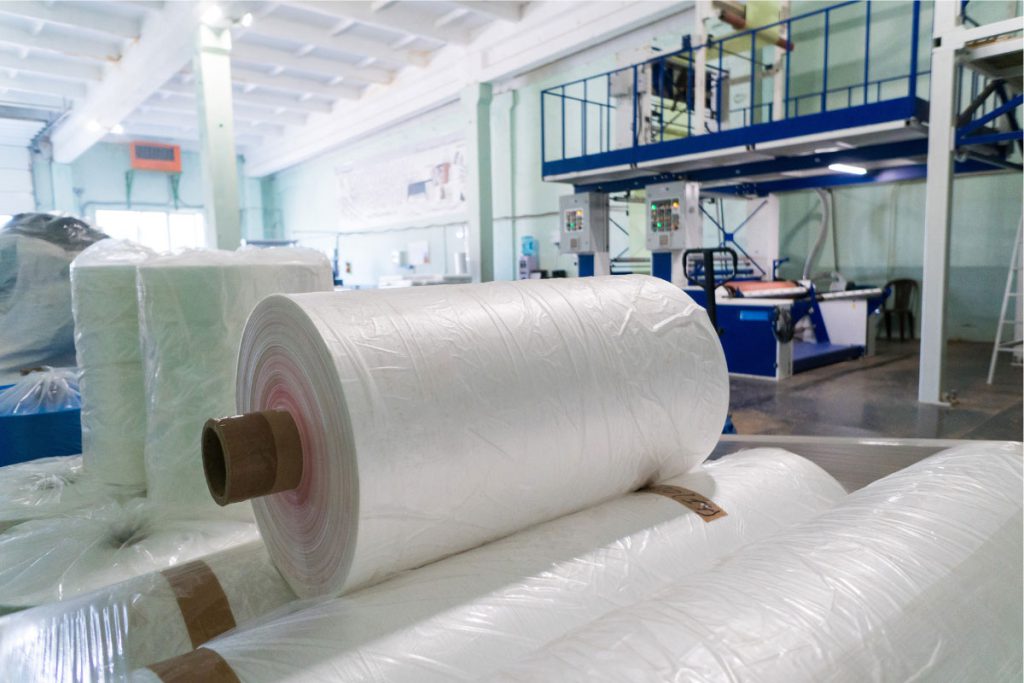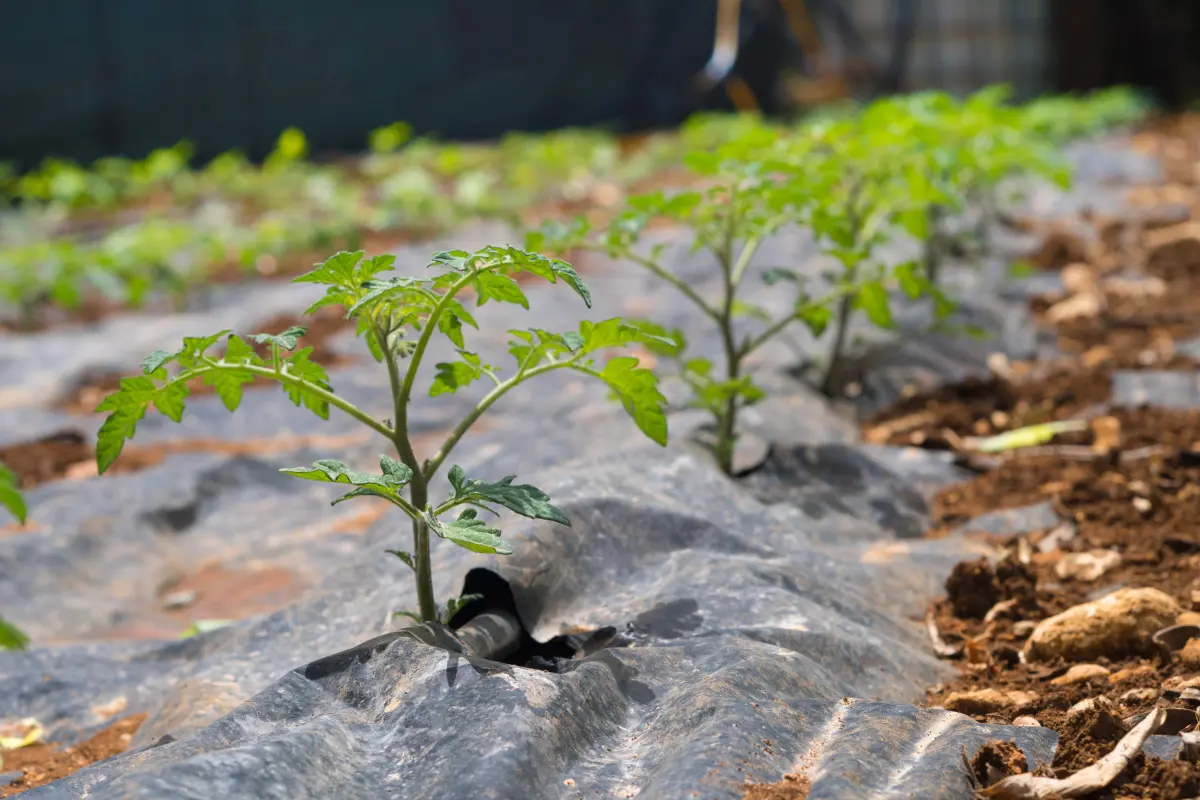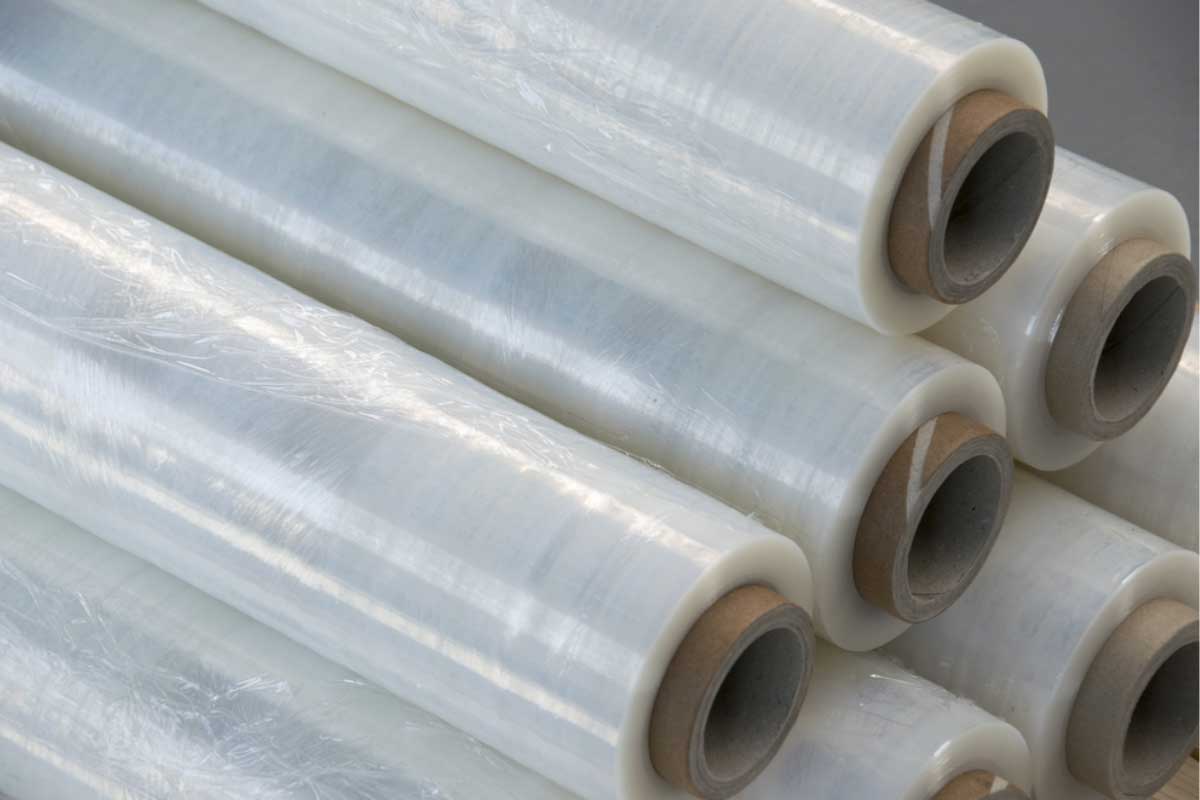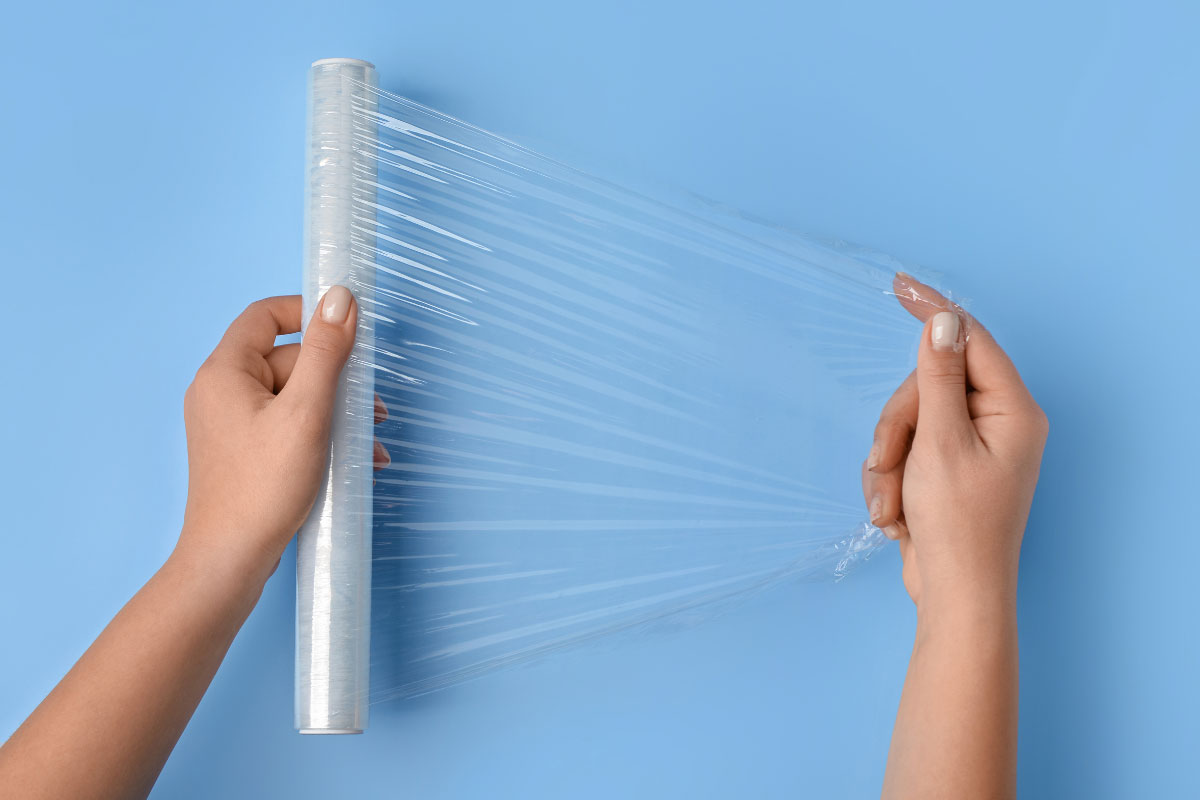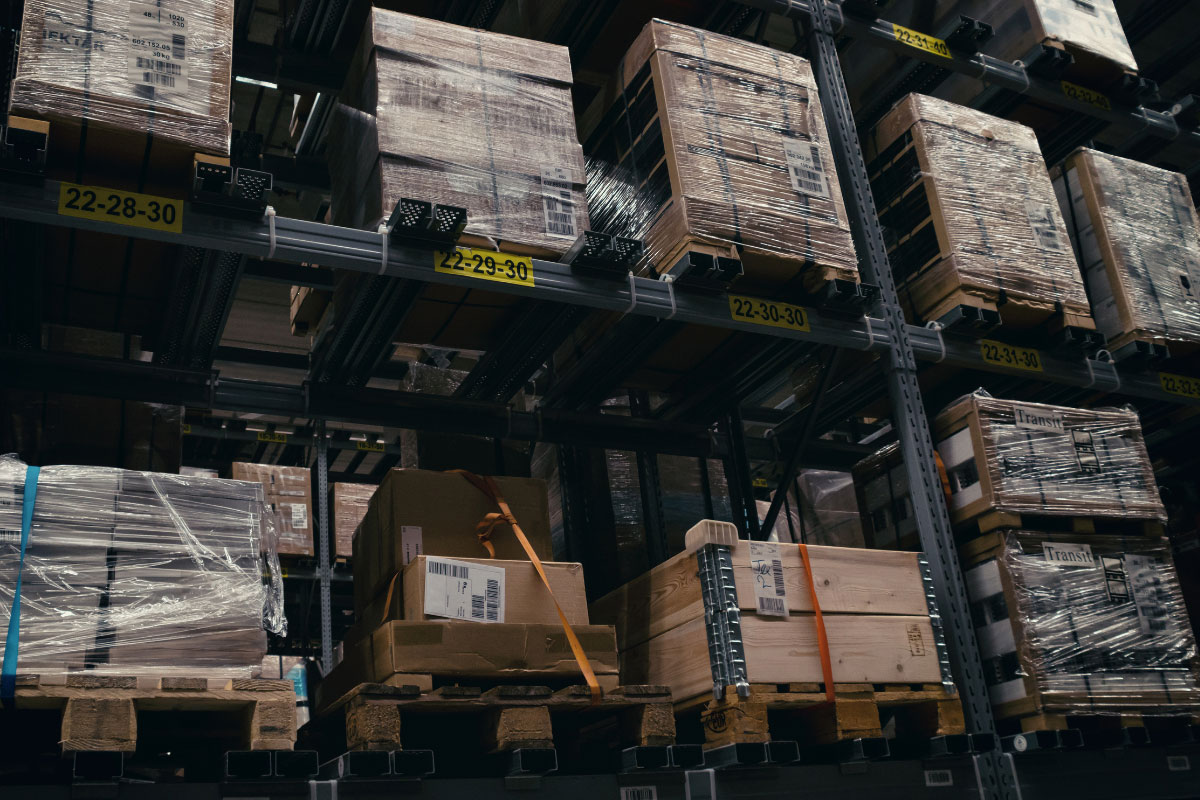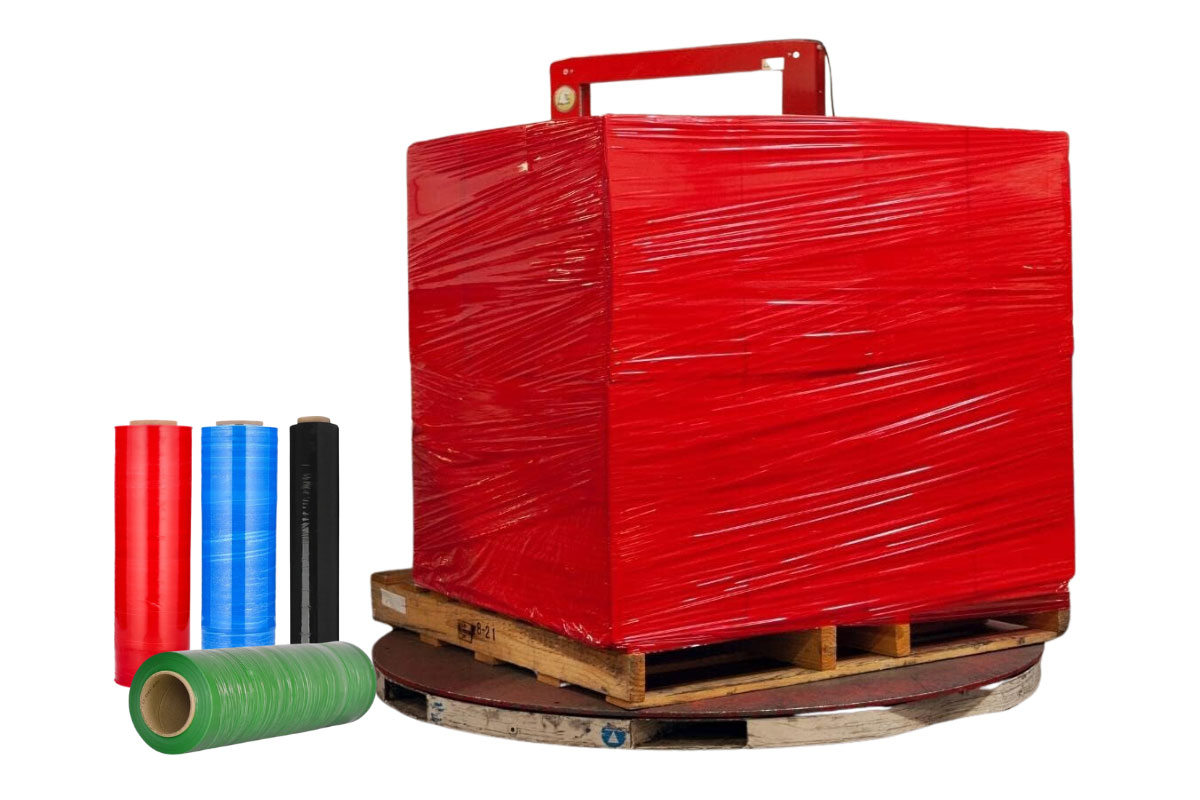Polyethylene is a plastic film made of hydrocarbons mainly obtained from natural gas or oil. Considering that the product is made directly from oil, its price is directly related to the price of oil. Polyethylene film is generally produced and sold in rolls and is the best choice for making all kinds of plastic and packaging. Its films are flexible and can be customized to fit any project by adding other materials. For example, it can produce film resistant to UV waves or fire, anti-static, etc.
Polyethylene is basically a strong and amazing type of plastic that is even used in making things like bulletproof vests. PE film is a resin material with thermoplastic properties that is synthesized by inducing the oxidative polymerization of ethylene gas. The degree of pressure used in its construction varies according to the density and melting point of the primary polymer resin.
Typically, polyethylene film sheets are produced using a process called blown film extrusion, in which polymer resin is melted and then extruded through a die to produce a plastic tube. While the polyethylene is still flexible, the tube is closed at one end and then blown to inflate the film and stretch it to the desired length and thickness. The thickness of polyethylene film can be as thin as 0.0004 inches (10.16 microns). Stay with us to learn more about this plastic by continuing this article on Pooshan Plastic. Poshan Plastic, a producer of polyethylene films, is one of the largest and most reliable producers of packaging films.
Introduction of polyethylene films
Polyethylenes available in the market come in a wide variety. For example, PE produces in milky, white and transparent colours. It is also possible to produce films of any thickness; the thicker the film layer, the stronger the final product. For this reason, it is used in a wide range of industries. Various types of polyethylene film are used in the packaging industry. The three common types of this plastic are:
1. Low-density polyethylene (LDPE)
The low-density type is mainly used in the packaging industry due to its cheap cost and good flexibility. This type of PE is used in producing pharmaceutical and squeeze bottles, container lids, garbage bags, and food packaging films such as frozen, dry products, legumes and many other things. LDPE is transparent and light, with good resistance to alcohol, acids and alkalis, deficient water absorption and high chemical resistance, a practical solution for producing all kinds of packaging in the food, pharmaceutical, transportation, etc. industries.
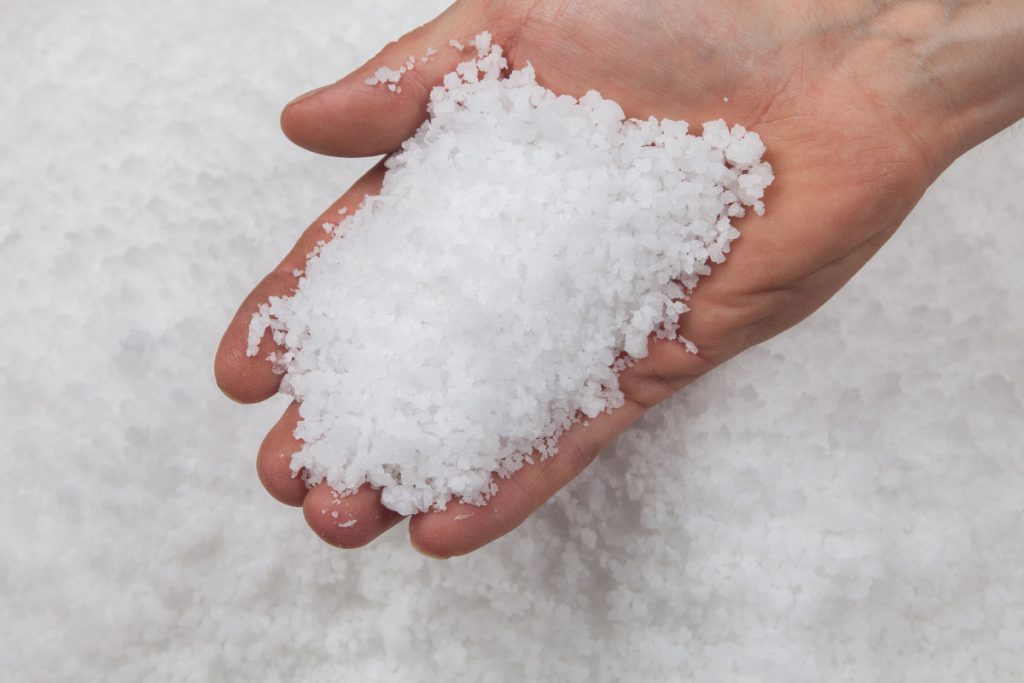
2. Linear low-density polyethylene (LLDPE)
This type is similar to LDPE. Their only difference is that LLDPE will have better overall properties by adjusting the structure. The structure of this PE is linear and has short and uniform branches. LLDPE is popular because of the properties we list below:
- flexible
- High impact resistance
- Variety of colours: milky, transparent and colour
- Good chemical resistance
- Water and alcohol-resistant structure
- Excellent traction
3. High-density polyethylene (HDPE)
This type of plastic has a denser form, and thanks to its highly crystalline structure, the product’s result is usually a strong plastic. It is commonly used to make trash cans, milk and detergent holders, cutting boards, etc. HDPE plastics also protect groundwater from toxic chemicals from oil drilling or landfills.
Where is Polyethylene film used?
Polyethylene film is lightweight, very flexible and has protective properties. It is also relatively cheap to produce, and it is possible to convert PE into solid and crystalline structures, so it is not surprising that it is used for various purposes. PE is the most widely used plastic in the world. In the following, we examine some of the applications of this film:
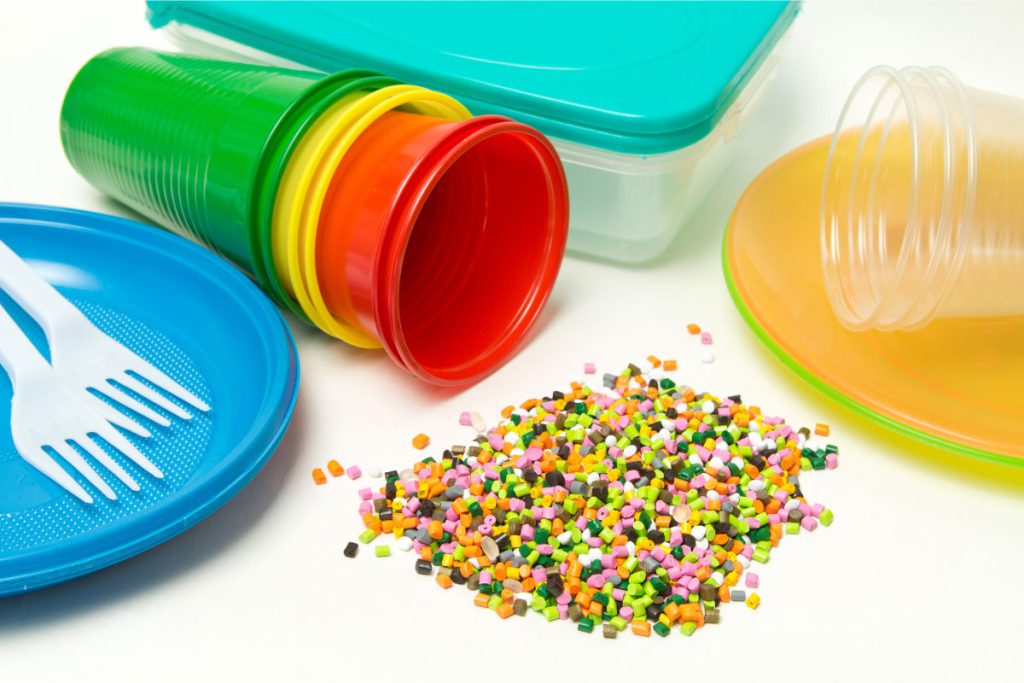
- Bottles, bags and plastic products
- toys
- Pipes and tubes
- Packaging and packing materials
- Making labels and tags
- Protection of machinery and equipment
- The top layer of surfaces
PE has a small composition with steam, also used in manufacturing construction products to protect the floors and roofs of houses. It is also used as a preservative for agricultural and food products. Polyethylene films have also been used in shipping, construction projects and countless other industries.
Advantages of using polyethylene film
As you have seen, this material has different types and has been used in manufacturing many devices, but what features make it widely used?
Excellent protection: its first important feature is non-leakage. PE is also great for heat sealing. As a result, it is a suitable protective layer that takes care of the parts against the penetration of water and other particles. This feature has caused it to be used in sensitive industries such as electronics to store parts safely.
- Very lightweight: PE films are pretty light and easy to transport and store.
- Excellent flexibility: Low-density PE is soft, puncture-resistant, highly transparent and heat sealable. Good flexibility makes it an excellent choice for packaging products, manufacturing shopping bags and making various types of pipes.
- Impact resistance: This material is even used in the construction of boats, large containers and floating in the water. It is impact resistant, easy to maintain and stays afloat.
- Adaptable: polyethylene film can be designed according to the application. PE is marketed in different colours, transparencies and thicknesses. It can give a better look to the products and maintain them in the best way.
- Cheap price: The processing and production of high-density polyethylene is fast and cheap. Matte plastic for consumer products such as shampoo bottles, body lotions, detergents and HDPE plastic pots.
- High strength: The structure of PE films is strong and resistant to moisture. This strength is more visible in producing water bottles, bottle caps, liquid and vegetable oil bottles, and milk cartons.
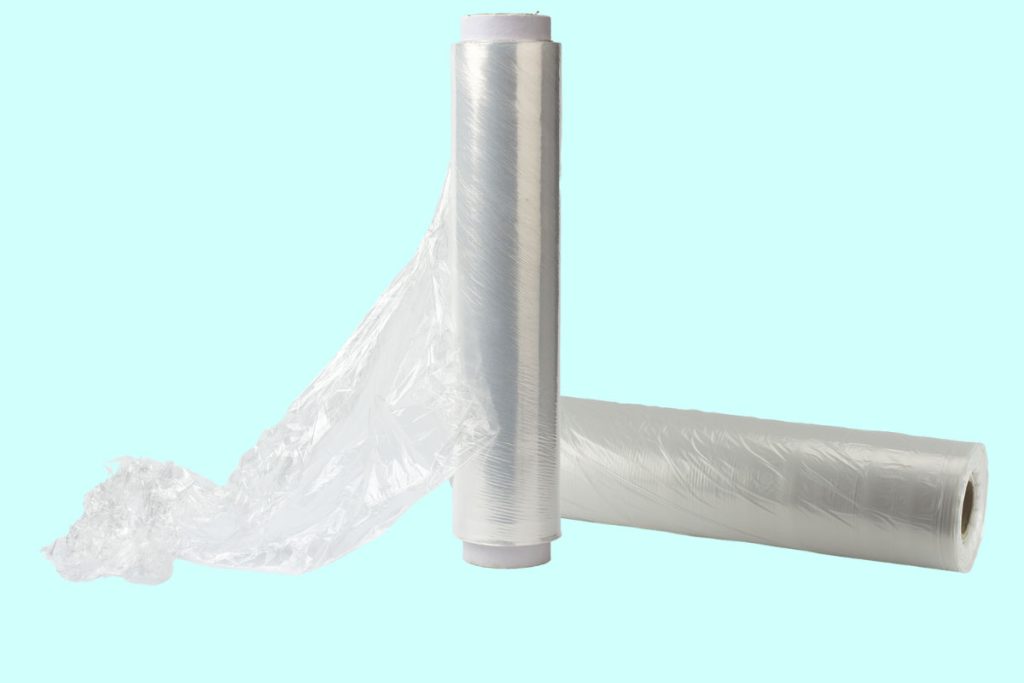
Factors That Influence the Price of Polyethylene Film
If you are going to buy PE film, you should specify a series of essential features that we list below before buying:
- Film Type: Each film is made from the same raw material and is therefore suitable for a specific industry. Different plastic films are used for a specific industry according to raw materials, flexibility, etc. The type of film affects its lifespan and durability.
- Thickness: Another critical feature is thickness. Polyethylene can be produced in very thin thicknesses to thick sheets, so determine the application before purchasing to decide on the appropriate film thickness. The thickness has a direct relationship with the strength of the product.
- Additive: Polyethylene is a chemical substance, and depending on the type of industry, a wide range of additives are added. The film used for food and beverage packaging must have a different structure than the film of plastic bags or other industries.
- Colour: Polyethylene film is produced in different transparent colours. Also, PE is used in making attractive plastic packages due to its printability.
- The number of layers: polyethylene films have from one to several layers. The higher the number of layers, the higher the strength and price, and the higher the quality of polyethylene nylon.
- Heat and UV resistance: If your product is stored in harsh weather conditions, it must meet several other standards. Before buying, specify the terms of transportation and storage of the product.
